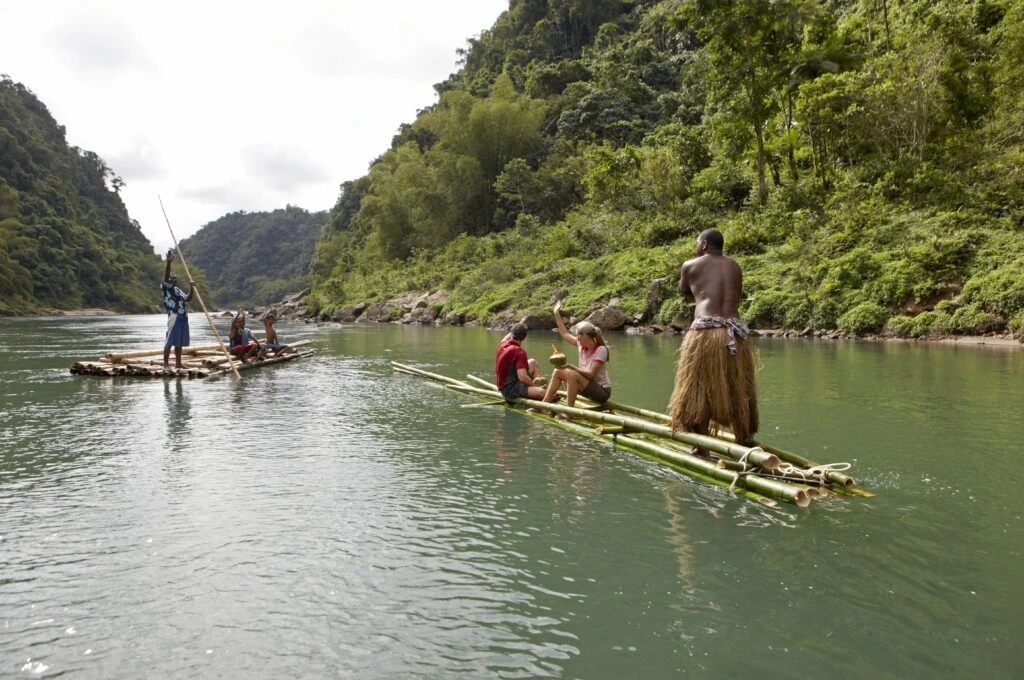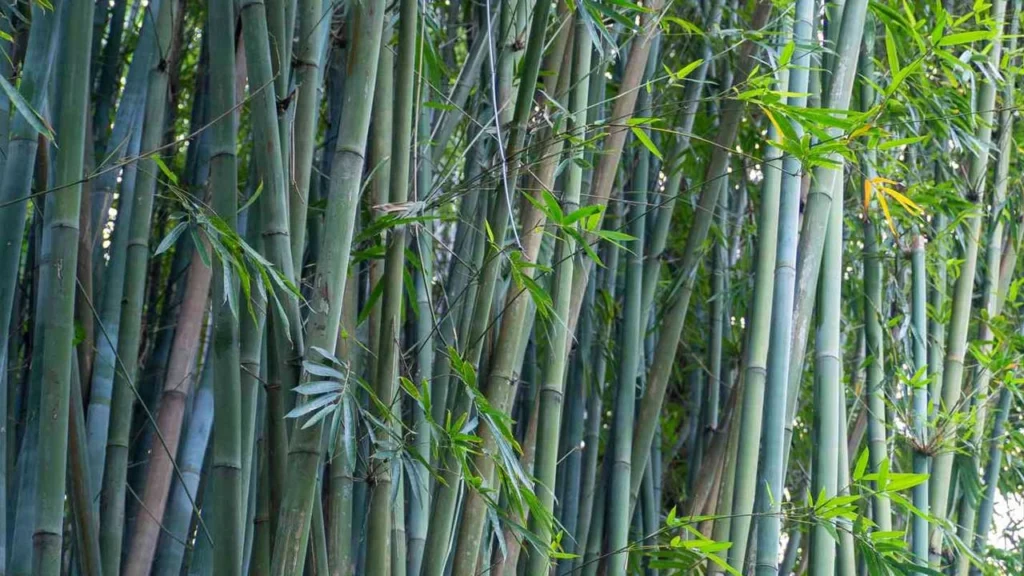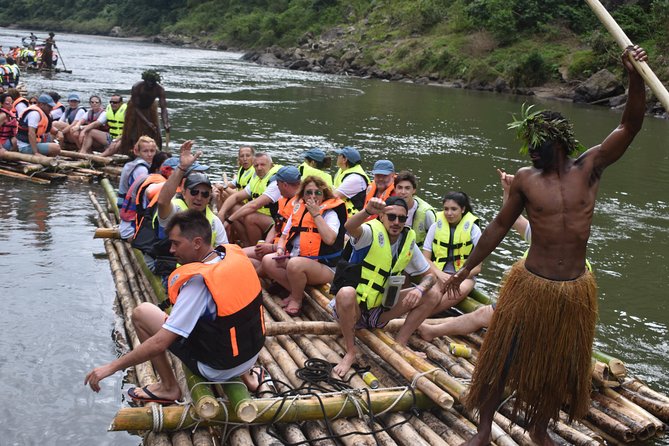Fiji rafting is one of those rare adventures that blends nature, culture, and pure relaxation in a single day. If you’re staying in Nadi, Suva, or Pacific Harbour and want to experience something truly local, a bamboo rafting tour (often called Jewels of Fiji Rafting) is a must-do.
Short on time? Here’s the vibe: Drift down the tranquil Navua River on a hand‑made bamboo bilibili, swim at waterfalls, visit a Fijian village, and enjoy a traditional lovo lunch—most tours include pickup and drop-off.

Table of Contents
Why Choose Fiji Rafting?
- Authentic culture meets soft adventure: Peaceful river drifting, waterfall swims, and real village hospitality.
- Accessible: Suitable for families, couples, and travelers of all ages and fitness levels.
- All-in-one convenience: Many operators include hotel pickup, drop-off, guides, lunch, and safety gear.
- Scenic highlights: Lush rainforest, volcanic gorges, birdsong, and crystal-clear pools.
What Is a Bilibili? How Fijian Bamboo Rafts Are Made
The bilibili is a traditional Fijian bamboo raft crafted entirely by hand. Local makers:
- Select the right bamboo: Typically sturdy species with an orange or brown interior, harvested at the ideal maturity for buoyancy and strength.
- Cut and prepare poles: Trim to length, smooth joints, and remove any weak sections.
- Lash bundles: Bind multiple poles together using traditional rope or natural fiber lashings for a stable, buoyant platform.
- Reinforce: Cross-lashings and added float sections improve balance and load capacity.
The result is a reliable, low-impact raft that can carry people and goods along calm rivers—perfect for serene Fiji rafting experiences.

What to Expect on a Fiji Bamboo Rafting Tour
- Gentle river journey: Drift along the Navua River on a bamboo bilibili, guided by local experts.
- Waterfall stops: Swim in hidden cascades and natural pools—refreshing and safe with your guide’s direction.
- Village visit: Meet locals, learn customs, and experience daily life with warmth and respect.
- Traditional lovo lunch: Taste Fijian dishes slow-cooked underground with hot stones—smoky, tender, and delicious.
- Hassle-free logistics: Most tours include hotel pickup and drop-off (Nadi, Coral Coast, or Suva), guides, and safety briefings.
Tip: Tours run in light rain and are often even more magical—rivers swell slightly and the rainforest comes alive.



Why You Should Experience Bamboo Rafting in Fiji
- Connect with nature: Calm, scenic drifting beats adrenaline—think mindful adventure.
- Cultural immersion: Real conversations, real food, and real hospitality.
- Memorable photos: Gorge cliffs, rainforest greens, and turquoise pools are a photographer’s dream.
- All ages welcome: Great for kids, multi-gen families, and non-swimmers (life vests provided).
What to Pack: Fiji Rafting Essentials
Quick-dry clothing and swimwear
- Change of clothes and a towel
- Reef-safe sunscreen and a hat
- Insect repellent (DEET-free preferred)
- Lightweight water shoes or sandals with straps
- Waterproof phone pouch or dry bag
- Camera or GoPro (wrist strap recommended)
- Small cash for village crafts or tips
Safety, Sustainability, and Respect
Listen to guides: They know the river, conditions, and cultural protocols.
- Wear provided safety gear at all times on the raft and near waterfalls.
- Respect villages: Dress modestly, ask before photos, remove hats indoors, and follow kava ceremony etiquette if offered.
- Leave no trace: Pack out everything you bring; use reef-safe sunscreen.
Best Time for Fiji Rafting
Year-round, with two broad seasons:
- Dry season (May–Oct): Cooler, clearer days, stable river levels—popular and family-friendly.
- Green season (Nov–Apr): Lusher scenery, occasional showers, and potentially higher river flows; operators assess conditions daily for safety.
Frequently Asked Questions About Fiji Rafting
Is Fiji rafting suitable for non-swimmers?
Yes. Life jackets are provided and you can skip swims if you prefer.




